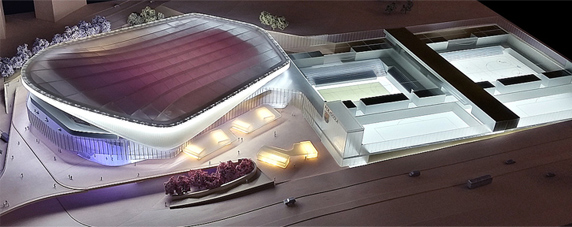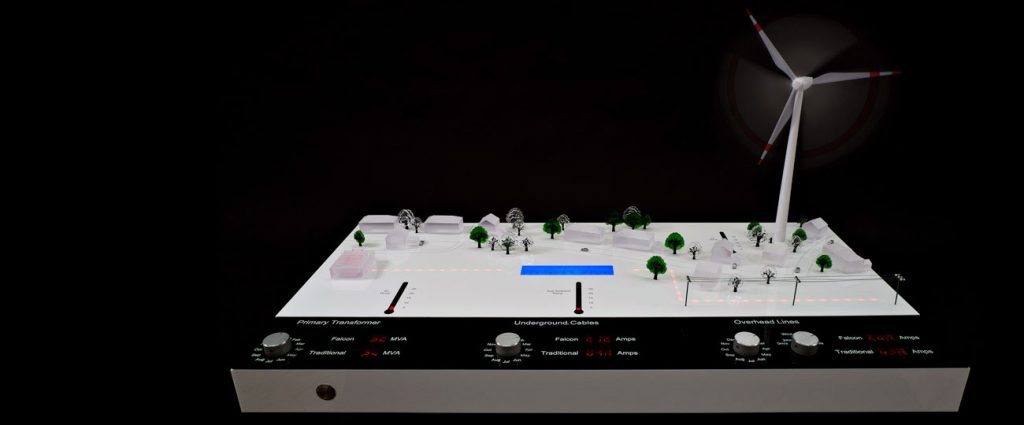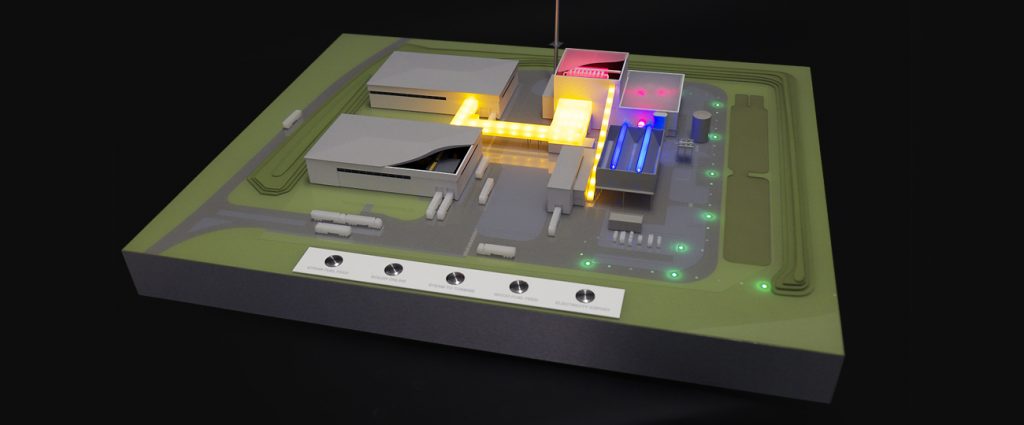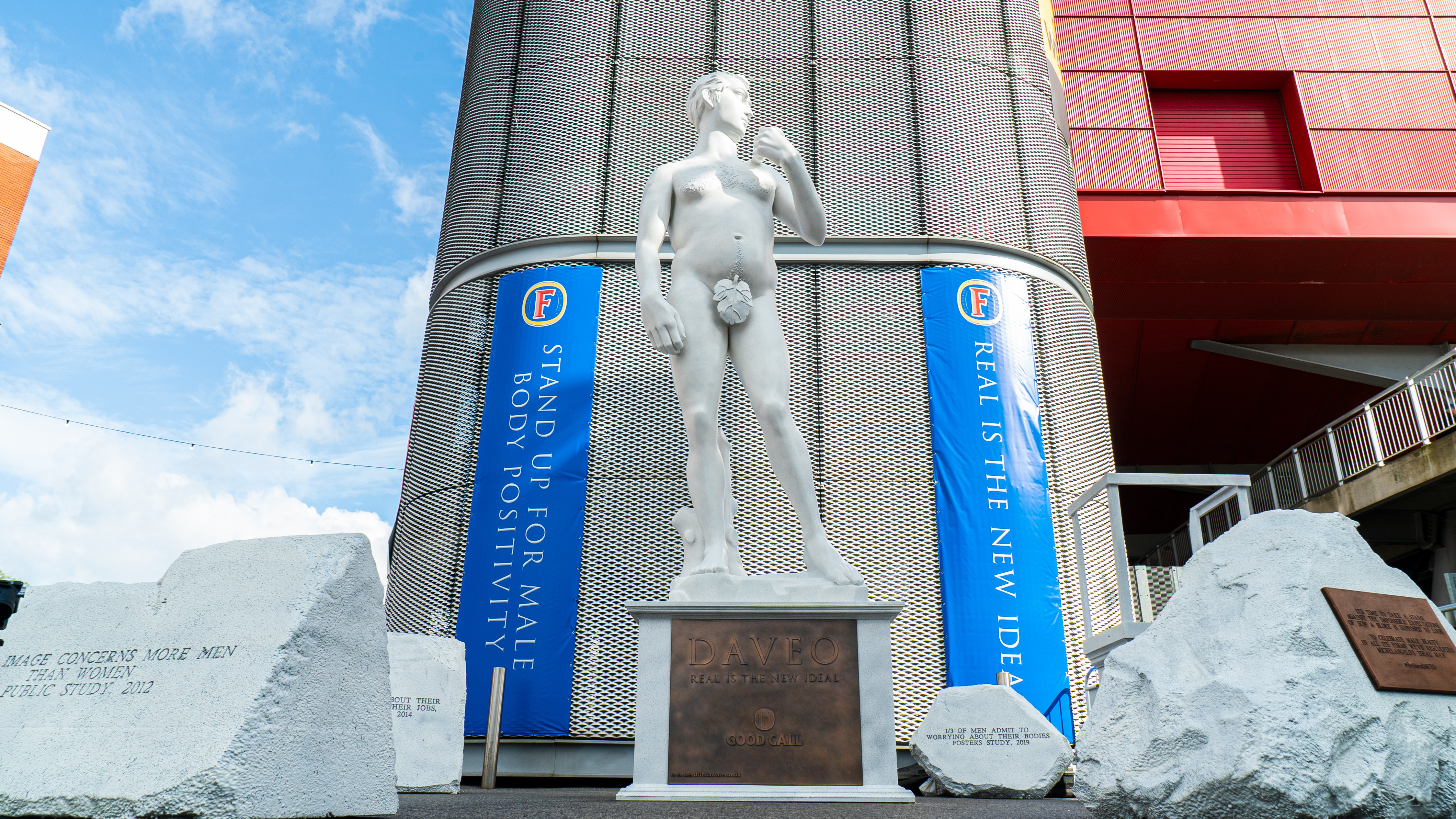Amalgam Modelmaking worked with Adam & Eve DDB for Fosters Lager on a UK viral…
Dynamic lighting to make your model stand out

While static ‘on-off’ lighting within architectural models has become standard practice, dynamic lighting can help a model stand out to win a competition or a bid for a new contract. Our system forms an incredibly flexible platform to display something as simple as tonal ‘breathing’ between colours, to forming the core of a rich interactive experience. Fundamentally, dynamic lighting is another tool at our disposal to help achieve our client’s goals, and is a service we offer to create striking, contemporary models.
The model we made for HOK and TAC Arquitectes of Barcelona stadium shows how we can use dynamic lighting with variations in colour to achieve a prominent ‘wow’ factor, and add layers of interest and detail to a design still in its formative stages.
As dynamic lighting engages the audience – and can work interactively – it’s a step across the gap between a physical model and a CGI digital fly-through. We still firmly believe a tangible model has a lot more to offer the audience, and there are many creative ways of combining colour and movement to help your design stand out.
Key features of dynamic lighting
– The system can display up to 16 million different shades of colour.
– Offers complete customisation. The overall behaviour of the light – colours, transitions between colours, rate and direction of movement – can be changed at any point during the build.
– This can be done without disassembling the model to replace the hardware, avoiding the costs that would be incurred in doing so.
– Can form the basis for an interactive system, making the model part of an engaging experience. Read our previous post on user experience for more details on the interactive experiences we’ve designed and built.
Beating the competition
These features offer a range of possibilities and benefits in the context of an architectural model – such as showing the infrastructure and functionality of a space, or draw the audience’s attention to a particular feature.
Different rooms and spaces within a model can be highlighted; in smaller-scale masterplan models, transport networks can be animated with flowing lights along their routes, as can the movements of crowds through a busy public space. By these means, key elements and design solutions of a scheme can be clearly presented.

This striking 1/500 architectural competition model for Foster + Partners represents their scheme for Yongsan in Korea. The model draws inspiration from the neon of a city at night and the fine lines of an architect’s blueprints.
In other projects, dynamic lighting can add complexity and interest to simple, low-detail schemes, or to accentuate minimal conceptual models. In the latter instance this can be particularly effective when paired with our 3D printing service – for example lighting a glass-clear organic form with shifting patterns of colour.
Interactive architectural models
For Western Power, we made a range of models, each illustrating a different aspect of electrical power management in a low-carbon network.

The model can also create an interactive display for trade shows or museum displays. This architectural model, of Sleaford Renewable Energy Plant, is presented as a puzzle. Participants can activate the separate stages of the biomass energy generation process using a row of buttons on the front panel. Only when activated in the correct sequence will energy be ‘generated.’

Even when your design is still at a largely conceptual stage, our role is to listen to and interpret your ideas, and use the techniques at our disposal to assist in achieving your goals. Get in touch to find out more about what we can offer your project.



